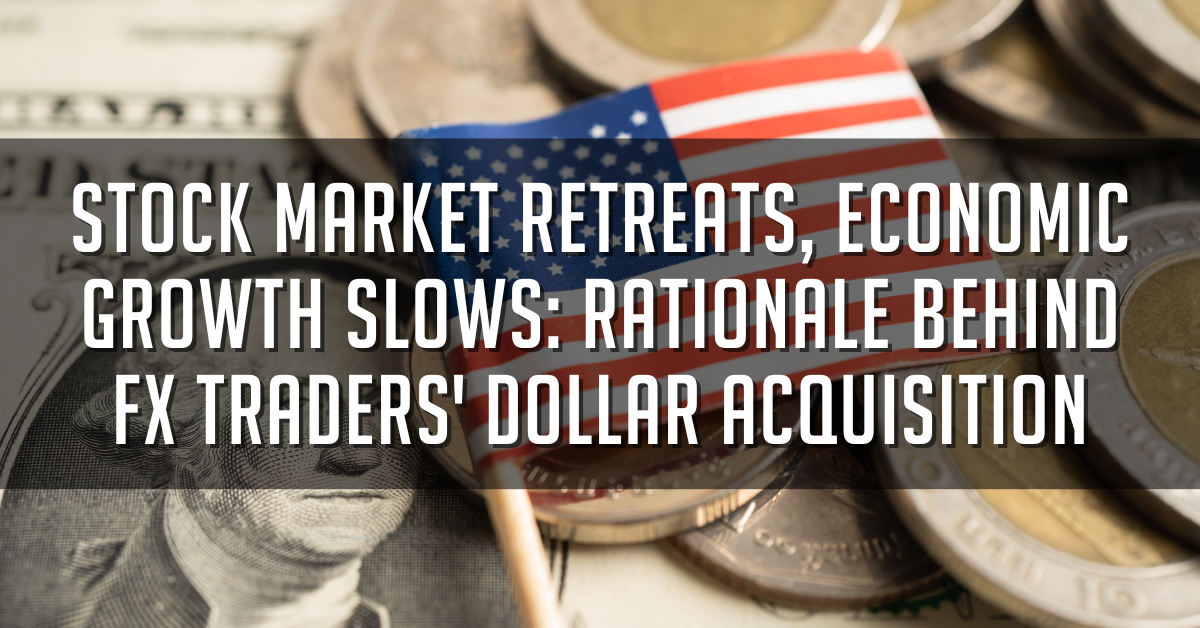Amidst the contemporary financial landscape, investors are grappling with a novel reality marked by the spectre of prolonged higher interest rates. Within this unfolding paradigm, the US dollar emerges as a steadfast asset of trust and resilience as other investment avenues navigate turbulent waters.
The aftermath of Fed officials' pronouncements just two weeks prior, intimating a potential maintenance of prevailing interest rate levels through 2024, has witnessed a notable reshuffling of market dynamics. Stocks have been declining, government bond yields have embarked on an ascendant trajectory, and the US dollar has surged.
The dominion of big tech stalwarts, a hallmark of the year's outset, now reveals signs of strain, with renewed investor scepticism casting a shadow on the substantial valuations underpinning these market leaders. September witnessed notable contractions, with Nvidia's shares receding by 12%, Apple saw an 8.9% downturn, and Amazon grappling with a 7.9% decline. Notably, Meta managed to emerge as a sole outlier, accruing gains amidst this turbulent backdrop.
During a stock market downturn, investors often turn to safe-haven assets to protect their portfolios. The US dollar has historically been a popular choice in such times. When many people rush to invest in the US dollar for safety, its value tends to increase.
Investors worry that if interest rates stay high for a long time, it might cause a recession in the US. This fear could also make smaller, riskier company stocks decline in value because they are usually tied to how well the economy is doing. These smaller companies mostly make money in the US and might not have strong financial positions like bigger international companies.
In this complex interplay, one certainty emerges: elevated interest rates wield the power to magnetise foreign capital towards a country's borders as investors seek out the allure of enhanced yields on their investments. Should US interest rates outshine their counterparts in other major economies, the ensuing influx of foreign investment into US assets can augment the demand for the US dollar, potentially steering it towards an appreciation trajectory.
As the financial narrative unfolds in the days ahead, market participants will cast a discerning eye upon upcoming events, notably Monday's release of manufacturing data and Friday's monthly jobs report. These data points stand as crucial barometers to gauge the tenacity of the economy and the path traversed by financial markets. Should these data releases surpass market expectations, the dollar index could see further gains in the coming week.
Fullerton Markets Research Team
Your Committed Trading Partner



 Stock Market Retreats, Economic Growth Slows: Rationale Behind FX Traders' Dollar Acquisition">
Stock Market Retreats, Economic Growth Slows: Rationale Behind FX Traders' Dollar Acquisition">











